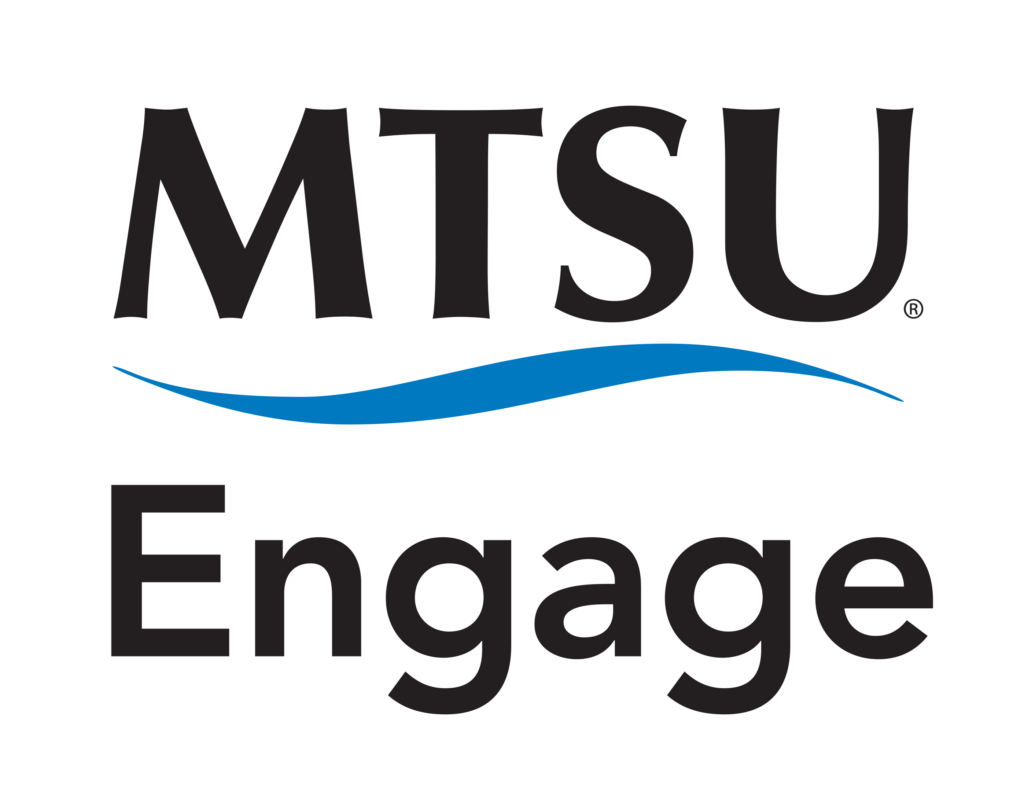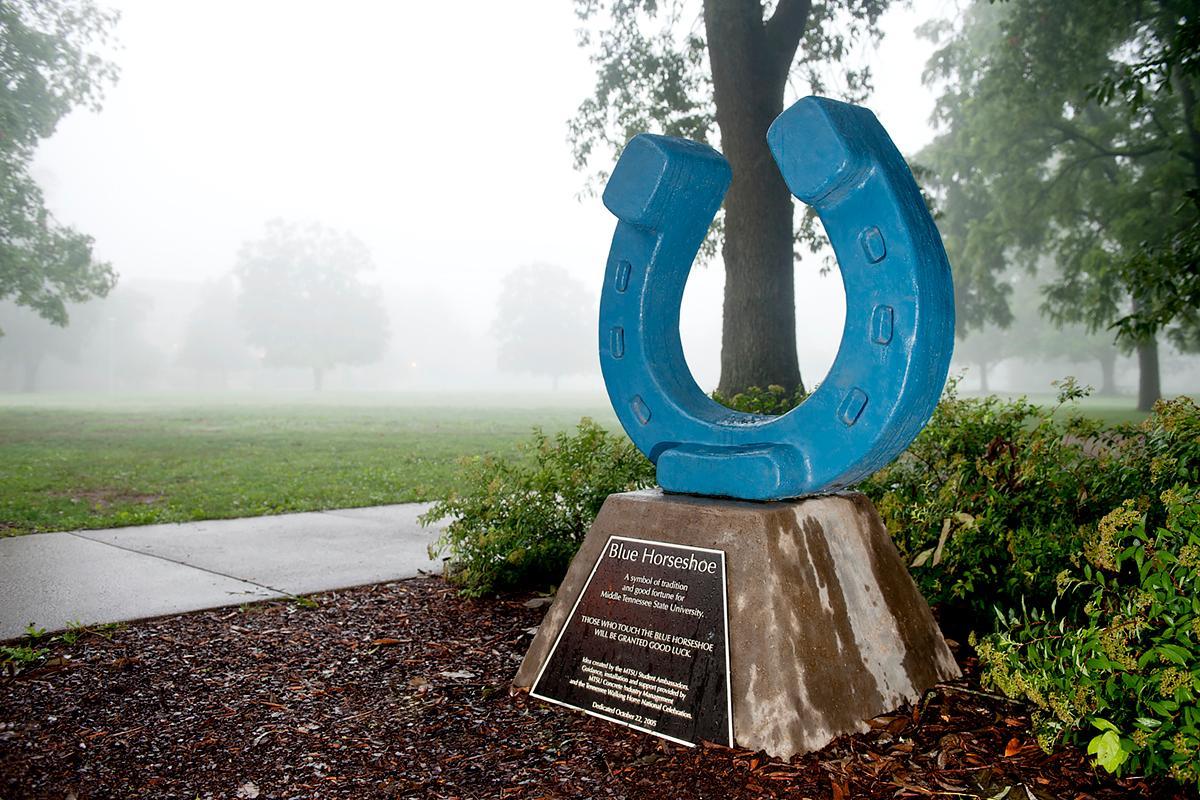New Name – Same Great Program!
MT Engage will celebrate our tenth anniversary this year!
This milestone brings with it some changes worth sharing. We have . . .
- a new name . . . Engage!
- a new logo.
- a new email address: [email protected].
- plans for a big celebration with special programming every month in fall. Look for a complete list of dates and event details later this summer!
We would not have reached this milestone without the support of our wonderful faculty, students, and staff. Thank you for all you do to support engaged learning. We look forward to celebrating with you in fall!

Learn more about the Engage program from our director, Julie Myatt, on this month’s episode of Out of the Blue!


